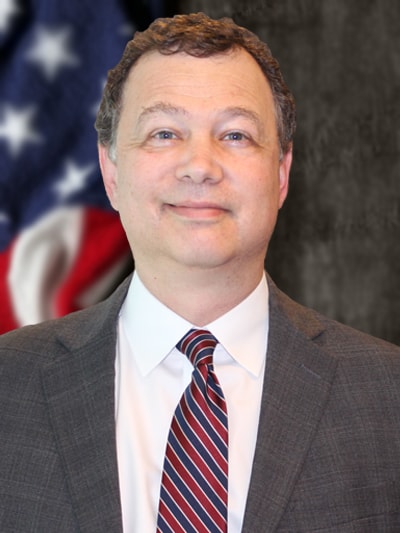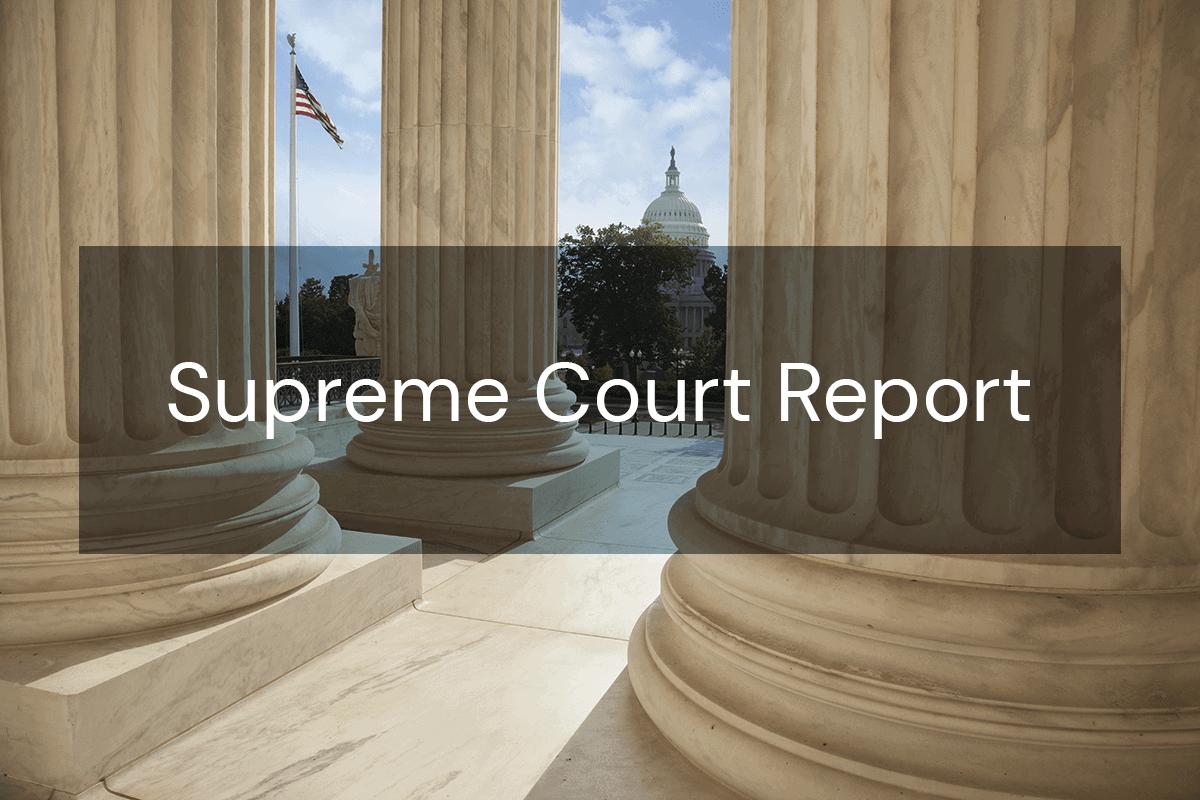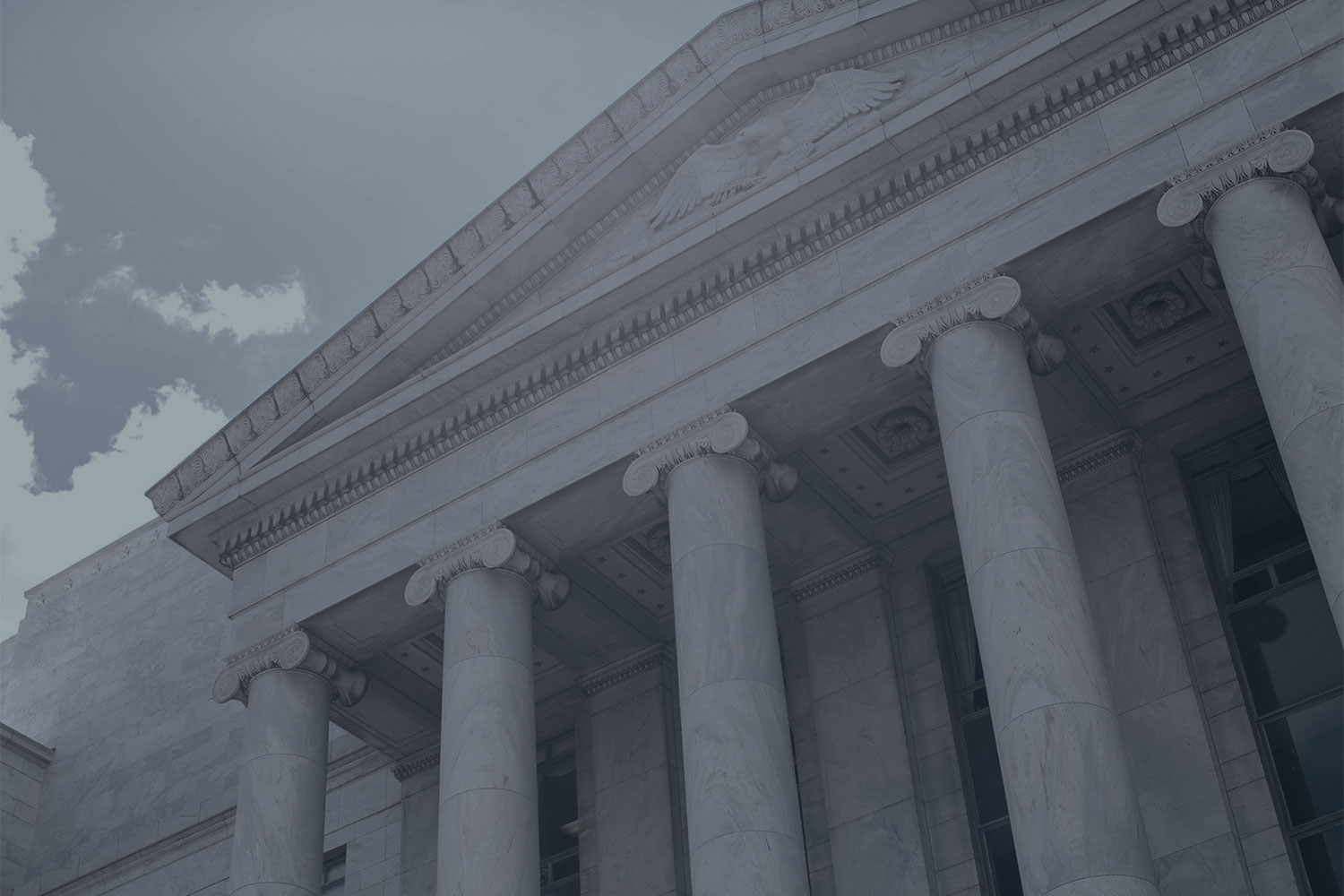-
 Director, Center for Supreme Court AdvocacyNational Association of Attorneys General
Director, Center for Supreme Court AdvocacyNational Association of Attorneys General

This Report summarizes opinions issued on March 23, 24, and 31, and April 4, 2022 (Part I); and cases granted review on March 28, 2022 (Part II).
Opinion: Thompson v. Clark, 20-659
Thompson v. Clark, 20-659. In a 6-3 decision, the Court held that a Fourth Amendment claim for malicious prosecution brought under 42 U.S.C. §1983 does not require the plaintiff to show “that the criminal prosecution ended with some affirmative indication of innocence.” In 2014, petitioner Larry Thompson’s mentally ill sister-in-law phoned 911 to report that Thompson was sexually abusing his infant daughter. Unable to gain entry on the first attempt, EMTs returned to Thompson’s home with police officers who—after Thompson refused to let them in without a warrant and a “brief scuffle”—entered the home and handcuffed Thompson. At the hospital, medical professionals found no sign of abuse and determined that red marks on the baby were the result of diaper rash. Thompson was still charged with obstructing governmental administration and resisting arrest, and remained in custody for two days before being released on his own recognizance. The charges were later dropped without explanation from the prosecutor or the judge. Thompson sued for damages under §1983, asserting a Fourth Amendment claim for malicious prosecution that alleged the police officers who charged and arrested him “subjected him to an unlawful, illegal, and excessive detention[.]” Second Circuit precedent at the time required Thompson to show that the prosecution ended in a way “that affirmatively indicated his innocence.” Thompson could not produce this evidence due to the lack of an explanation about his dismissal. The district court therefore granted judgment in favor of the officers. On appeal, the Second Circuit adhered to precedent and affirmed dismissal. In an opinion by Justice Kavanaugh, the Court reversed and remanded.
To determine what “favorable termination” entails, the Court looked back at “the elements of the most analogous tort as of 1871, when §1983 was enacted, so long as doing so is consistent with ‘the values and purposes of the constitutional right at issue.’“ The Court concluded that the most analogous tort to Thompson’s claim was the common-law tort for malicious prosecution. The Court observed that its precedent has “sometimes referred to [a Fourth Amendment claim for malicious prosecution under §1983] as a claim for unreasonable seizure pursuant to legal process.” It went on to find that the constitutional and common-law torts share a common “gravamen,” namely, “the wrongful initiation of charges without probable cause.” And one of the elements of the malicious prosecution tort, and hence of a §1983 action under the Fourth Amendment based on that tort, is “[f]avorable termination of the underlying criminal prosecution.”
The Court then surveyed cases and treatises from the 1800s and determined that “favorable termination” in malicious prosecution cases was generally understood to mean an end to the prosecution. Examples included cases where the prosecutor abandoned an action, the court dismissed a case without explanation, and where a party was discharged after the grand jury declined to indict. The relevant inquiry for the Court was “not whether the prosecution had terminated in the defendant’s favor, but whether the prosecution terminated at all.“ Put another way, “‘The clear majority of American courts did not limit favorable terminations to those that suggested the accused’s innocence.’” The Court rejected respondents’ reliance on the American Law Institute’s 1976 Second Restatement of Torts, which embraced a finding-of-innocence rule, stating that “the Restatement did not purport to describe the consensus of American law as of 1871, at least on that question,” which “is the relevant inquiry for our purposes.”
The Court then reviewed the practical problems of requiring an affirmative indication of innocence. For example, it would be illogical to base one’s ability to seek redress on whether the court or prosecutor explained the reason for dismissal. It would also be paradoxical to impose a greater burden on a plaintiff when the government’s case is weaker and dismissed before trial, but allow a claim when there is substantial evidence to proceed to trial. Further, an affirmative showing of innocence is not necessary to protect officers from unwarranted civil suits because other safeguards like qualified immunity are in place.
Justice Alito dissented, joined by Justices Thomas and Gorsuch. The dissent rejected the idea that the Fourth Amendment could house a malicious prosecution claim and described the majority opinion as “creat[ing] a chimera of a constitutional tort by stitching together elements taken from two very different claims: a Fourth Amendment claim and a common-law malicious-prosecution claim.” The dissent walked through elements of each claim to show a lack of overlap, explaining that an unreasonable-seizure claim does not require proof of a prosecution or malice, and a malicious-prosecution claim does not require seizure. And while malicious prosecution “does demand proof that the person bringing suit was prosecuted without probable cause,” probable cause at the time of the arrest differs from probable cause when prosecution is initiated. More analogous torts, the dissent offered, would be the “common-law torts of false arrest and false imprisonment, which protected against ‘[e]very confinement of the person,’ including one effected by ‘forcibly detaining [someone] in the public streets.’“
The dissent also criticized the lack of independent analysis in, and confusion caused by, the majority opinion. Justice Alito pointed to the majority’s statement that the constitutional and common-law torts share the same “gravamen” sourced in the “wrongful” initiation of charges without probable cause. He insisted that if “wrongful” means a lack of probable cause, as the majority suggests, then that is not consistent with the state-of-mind needed for a malicious prosecution claim. If, on the other hand, “wrongful” means malice, then that reading conflicts with the Fourth Amendment’s imposition of a “purely objective standard.” The dissent also believed the majority mistakenly relied on lower court decisions that misread dicta in Supreme Court opinions to hold the Fourth Amendment protects against malicious prosecution. Justice Alito concluded by expressing his fear that §1983 malicious prosecution claims “will sow more confusion,” as its elements are “markedly different from the common-law tort of malicious prosecution, and its dimensions are unclear.” He also cited other legal avenues available to Thompson.
[Editor’s note: Some of the language in the background section of the summary above was taken from the petition for writ of certiorari and brief in opposition.]



